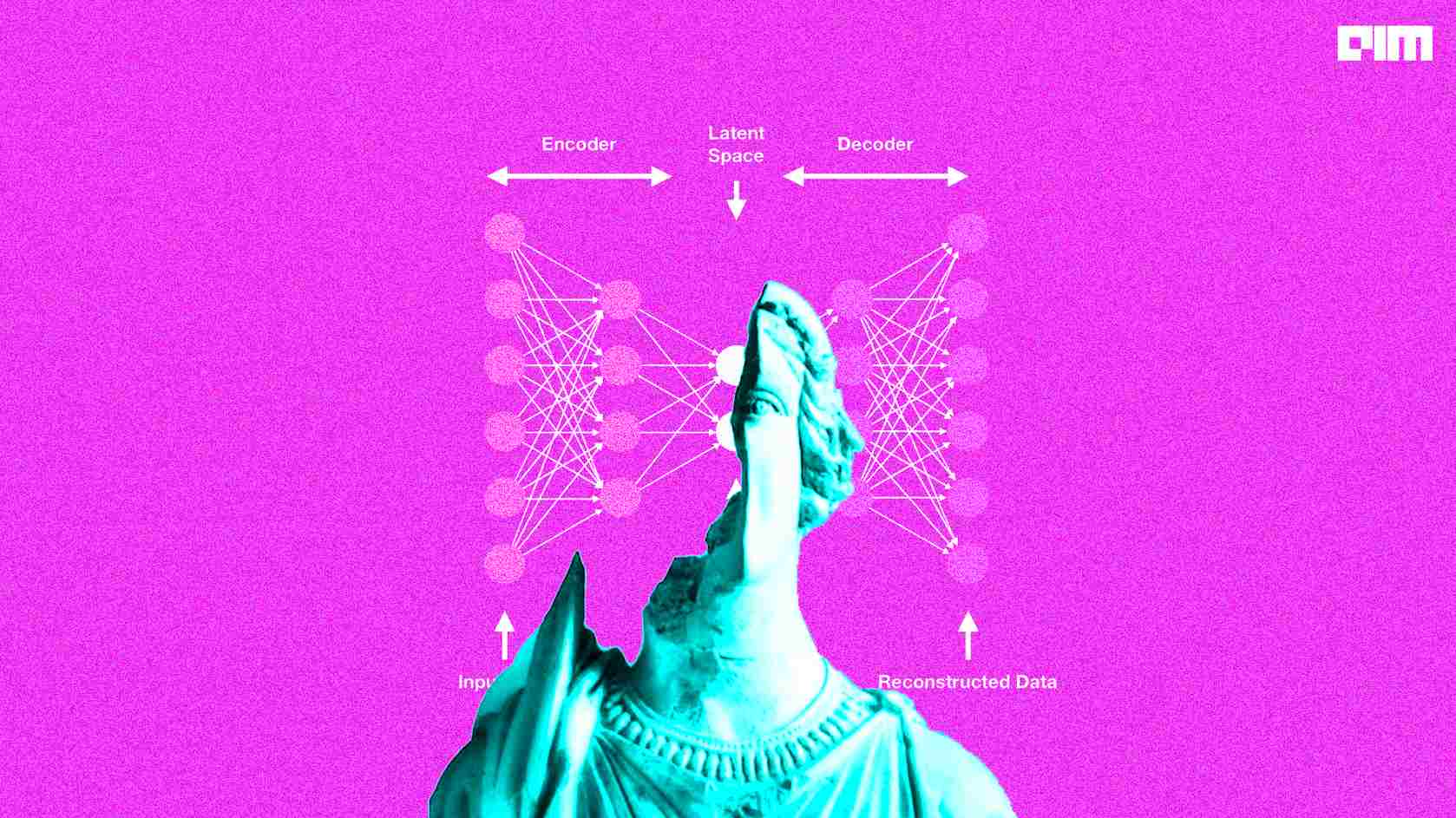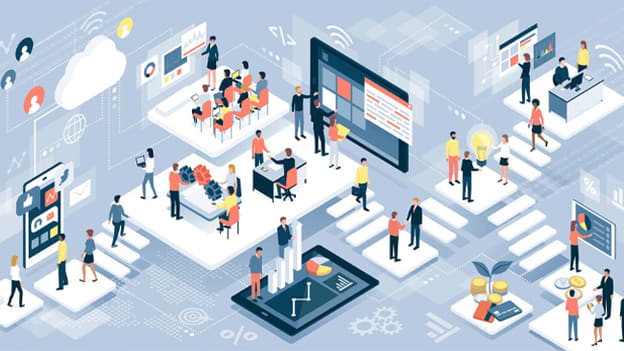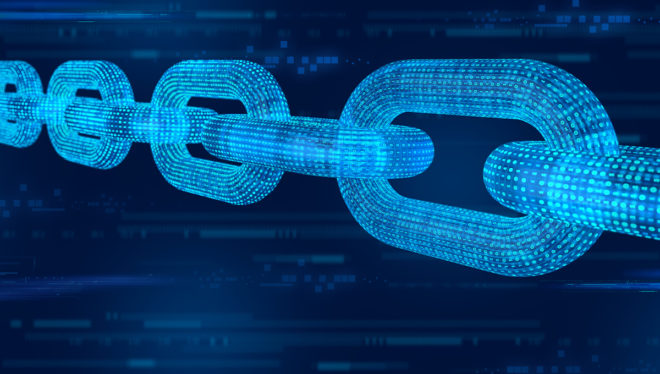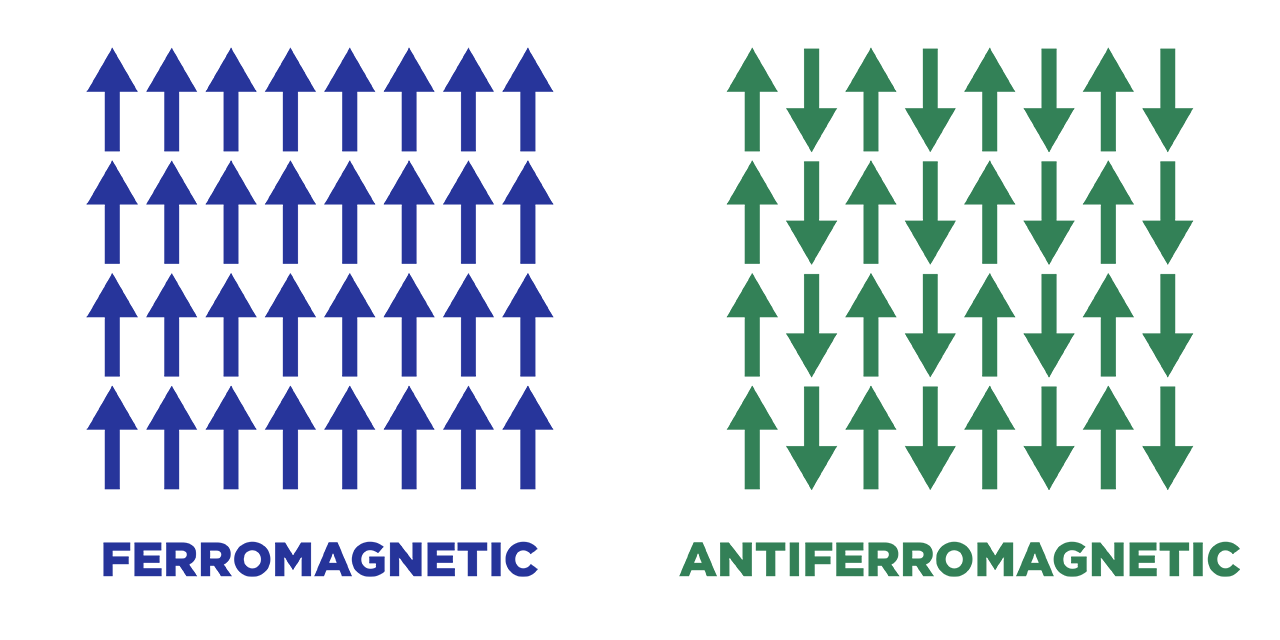Updating Data Governance: Set Up a Cohesive Plan First
 Just because a company has a Data Governance framework it used with a mature
technology project, like a data warehouse, does not mean it is sufficient for
newer technology initiatives, like machine learning. New business requirements
need to be considered, especially where system integration is necessary. For
example, Data Quality must be good for all data sets, across the entire
enterprise, before machine learning can be applied to a new
venture. Danette McGilvray, President and Principal at Granite Falls
Consulting, said, “The cold brutal reality is that the data is not good enough
to support machine learning in practically every company.” This is only one of
many business needs that crop up before succeeding at such an undertaking.
Revisiting Data Governance prior to starting a new data project reduces exposure
to mistakenly overlooking prerequisites, and moves toward a unified Data
Management approach. Rethinking older Data Governance plans alone does not
necessarily lead to a more coherent Data Governance.
Just because a company has a Data Governance framework it used with a mature
technology project, like a data warehouse, does not mean it is sufficient for
newer technology initiatives, like machine learning. New business requirements
need to be considered, especially where system integration is necessary. For
example, Data Quality must be good for all data sets, across the entire
enterprise, before machine learning can be applied to a new
venture. Danette McGilvray, President and Principal at Granite Falls
Consulting, said, “The cold brutal reality is that the data is not good enough
to support machine learning in practically every company.” This is only one of
many business needs that crop up before succeeding at such an undertaking.
Revisiting Data Governance prior to starting a new data project reduces exposure
to mistakenly overlooking prerequisites, and moves toward a unified Data
Management approach. Rethinking older Data Governance plans alone does not
necessarily lead to a more coherent Data Governance.
A Hands-On Guide to Outlier Detection with Alibi Detect
 Data points that are unusually far apart from the rest of the observations in a
dataset are known as outliers. They are primarily caused by data errors
(measurement or experimental errors, data collection or processing errors, and
so on) or naturally very singular and different behaviour from the norm, for
example, in medical applications, very few people have upper blood pressure
greater than 200, so If we keep them in the dataset, our statistical analysis,
and modelling conclusions will be skewed. To name a few, they can alter the mean
and standard deviation values. As a result, it’s critical to accurately detect
and handle outliers, either by removing them or reducing them to a predefined
value. Outlier detection is thus critical for identifying anomalies whose model
predictions we can’t trust and shouldn’t use in production. The type of outlier
detector that is appropriate for a given application is determined by the data’s
modality and dimensionality, as well as the availability of labelled normal and
outlier data and whether the detector is pre-trained (offline) or updated
online.
Data points that are unusually far apart from the rest of the observations in a
dataset are known as outliers. They are primarily caused by data errors
(measurement or experimental errors, data collection or processing errors, and
so on) or naturally very singular and different behaviour from the norm, for
example, in medical applications, very few people have upper blood pressure
greater than 200, so If we keep them in the dataset, our statistical analysis,
and modelling conclusions will be skewed. To name a few, they can alter the mean
and standard deviation values. As a result, it’s critical to accurately detect
and handle outliers, either by removing them or reducing them to a predefined
value. Outlier detection is thus critical for identifying anomalies whose model
predictions we can’t trust and shouldn’t use in production. The type of outlier
detector that is appropriate for a given application is determined by the data’s
modality and dimensionality, as well as the availability of labelled normal and
outlier data and whether the detector is pre-trained (offline) or updated
online.How a startup uses AI to put worker safety first
 Computer vision has progressed from an experimental technology to one that can
interpret patterns in images and classify them using machine learning algorithms
to scale. Advances in deep learning and neural networks enable computer vision
uses to increase for enterprises, improving worker safety in the process.
Computer vision techniques to reduce worker injuries and improve in-plant safety
are based on unsupervised machine learning algorithms that excel at identifying
patterns and anomalies in images. Computer vision platforms, including
Everguard’s SENTRI360, rely on convolutional neural networks to categorize
images and industrial workflows at scale. The quality of the datasets used to
train supervised and unsupervised machine learning algorithms determines their
accuracy. Convolutional neural networks also require large amounts of data to
improve their precision in predicting events, fine-tuned through iterative
cycles of machine learning models. Each iteration of a machine learning model
then extracts specific attributes of an image and, over time, classifies
attributes.
Computer vision has progressed from an experimental technology to one that can
interpret patterns in images and classify them using machine learning algorithms
to scale. Advances in deep learning and neural networks enable computer vision
uses to increase for enterprises, improving worker safety in the process.
Computer vision techniques to reduce worker injuries and improve in-plant safety
are based on unsupervised machine learning algorithms that excel at identifying
patterns and anomalies in images. Computer vision platforms, including
Everguard’s SENTRI360, rely on convolutional neural networks to categorize
images and industrial workflows at scale. The quality of the datasets used to
train supervised and unsupervised machine learning algorithms determines their
accuracy. Convolutional neural networks also require large amounts of data to
improve their precision in predicting events, fine-tuned through iterative
cycles of machine learning models. Each iteration of a machine learning model
then extracts specific attributes of an image and, over time, classifies
attributes. 'Work’ in 2022: What’s next?
 Undoubtedly, it needs a complete overhaul of the existing policies, but what we
must not forget is that in an evolving environment nothing can be treated as
constant. Therefore, swift revision of new policies is very important to match
up to the changing scenarios while maintaining people centricity as the central
thought. Knowing the employee pulse will be the key to create or revise policies
for which regular surveys, town halls, leadership connections are extremely
important. Employee safety and well-being will continue to hold the top of mind
space and the inclination of workplace culture transformation would be towards
empathy and flexibility. Though the challenge of overcoming
‘how-much-is-too-much’ is something that the organizations would need to solve
for. They will have to rally together to find the sweet spot to maintain the
right balance between productivity and not hampering the work life balance of
the employees. ... If data is considered the new oil of the 21st century,
‘Trust’ will become equivalent to it in the post pandemic world making the
relationship between the employer and the employee go through a gradual
transition where managing expectations from both ends will be essential.
Undoubtedly, it needs a complete overhaul of the existing policies, but what we
must not forget is that in an evolving environment nothing can be treated as
constant. Therefore, swift revision of new policies is very important to match
up to the changing scenarios while maintaining people centricity as the central
thought. Knowing the employee pulse will be the key to create or revise policies
for which regular surveys, town halls, leadership connections are extremely
important. Employee safety and well-being will continue to hold the top of mind
space and the inclination of workplace culture transformation would be towards
empathy and flexibility. Though the challenge of overcoming
‘how-much-is-too-much’ is something that the organizations would need to solve
for. They will have to rally together to find the sweet spot to maintain the
right balance between productivity and not hampering the work life balance of
the employees. ... If data is considered the new oil of the 21st century,
‘Trust’ will become equivalent to it in the post pandemic world making the
relationship between the employer and the employee go through a gradual
transition where managing expectations from both ends will be essential.
Blockchain technology developments help elevate food safety protocols
 Blockchain technologies, something we have been discussing for a few years, are
closer than we think. Transparency, traceability, and sustainability are vital
to everyone in the industry. The FDA has outlined four core elements in the New
Era of Smarter Food Safety Blueprint, and the first of these elements is
tech-enabled traceability. Traceability processes are critical to ensure all
food items are traced and tracked throughout the supply chain. Traceability is
essential for food safety as well as operational efficiency. With a solid
traceability program, it is possible to locate a product at any stage of the
food chain within the supply chain — literally from farm to table. For this
technology to work well, it must be user-friendly and affordable to all — small
businesses and large corporations alike. When it is available and widely used,
it will minimize foodborne illness outbreaks and assist significantly with
speeding up the process of finding the source if an outbreak does occur.
Affordable digital technology connecting buyers with validated verified sellers
is at the forefront.
Blockchain technologies, something we have been discussing for a few years, are
closer than we think. Transparency, traceability, and sustainability are vital
to everyone in the industry. The FDA has outlined four core elements in the New
Era of Smarter Food Safety Blueprint, and the first of these elements is
tech-enabled traceability. Traceability processes are critical to ensure all
food items are traced and tracked throughout the supply chain. Traceability is
essential for food safety as well as operational efficiency. With a solid
traceability program, it is possible to locate a product at any stage of the
food chain within the supply chain — literally from farm to table. For this
technology to work well, it must be user-friendly and affordable to all — small
businesses and large corporations alike. When it is available and widely used,
it will minimize foodborne illness outbreaks and assist significantly with
speeding up the process of finding the source if an outbreak does occur.
Affordable digital technology connecting buyers with validated verified sellers
is at the forefront. I followed my dreams and got demoted to software developer
 I was just a UX person, not a coder. Surrounded by only the most freakishly good
developers at Facebook (and then at Stack Overflow), I pushed whatever fantasies
I had about coding professionally aside. During these few years in which I’ve
been coding in earnest on the side, I also found myself regularly discouraged
and confused by the sheer number of possible things that I could learn or do. I
can’t count the number of quarter-finished games and barely-started projects I
have in my private GitHub repos (actually, I can. It’s 15, and those are just
the ones that made it there). Without much formal education in this field, I’d
frequently get lost down documentation holes and find myself drowning in the 800
ways of maybe solving the problem that I had. Finally, I came to the conclusion
that I needed more structure, and that I wouldn’t be able to get that structure
in the hour of useful-brain-time I had after work each day. I started
researching bootcamps and doing budget calculations and made plans to leave
Stack Overflow.
I was just a UX person, not a coder. Surrounded by only the most freakishly good
developers at Facebook (and then at Stack Overflow), I pushed whatever fantasies
I had about coding professionally aside. During these few years in which I’ve
been coding in earnest on the side, I also found myself regularly discouraged
and confused by the sheer number of possible things that I could learn or do. I
can’t count the number of quarter-finished games and barely-started projects I
have in my private GitHub repos (actually, I can. It’s 15, and those are just
the ones that made it there). Without much formal education in this field, I’d
frequently get lost down documentation holes and find myself drowning in the 800
ways of maybe solving the problem that I had. Finally, I came to the conclusion
that I needed more structure, and that I wouldn’t be able to get that structure
in the hour of useful-brain-time I had after work each day. I started
researching bootcamps and doing budget calculations and made plans to leave
Stack Overflow.
Quantum Computing In 2022: A Leap Into The Tremendous Future Ahead
 The different analyses and drives with quantum computing by the big tech and
other organizations are setting out an ocean of open doors before CIOs and IT
offices to apply the innovation into this present reality settings. Quantum
computers are undeniably appropriate for settling complex optimization- and
performing quick quests of unstructured data, as Prashanth Kaddi, Partner,
Deloitte India makes reference to, “it can possibly bring problematic change
across areas, including finding, medication research, dispersion store network,
traffic flow, energy optimizing and many more. Quantum computing additionally
fundamentally diminishes time to market, just as helps in enhancing customer
delivery. For instance, a drug organization may essentially decrease an
opportunity to showcase new medications. In finance, it could empower quicker,
more complicated Monte Carlo stimulations, like trading, trajectory
optimisation, market instability, and value advancement procedures, and some
more.
The different analyses and drives with quantum computing by the big tech and
other organizations are setting out an ocean of open doors before CIOs and IT
offices to apply the innovation into this present reality settings. Quantum
computers are undeniably appropriate for settling complex optimization- and
performing quick quests of unstructured data, as Prashanth Kaddi, Partner,
Deloitte India makes reference to, “it can possibly bring problematic change
across areas, including finding, medication research, dispersion store network,
traffic flow, energy optimizing and many more. Quantum computing additionally
fundamentally diminishes time to market, just as helps in enhancing customer
delivery. For instance, a drug organization may essentially decrease an
opportunity to showcase new medications. In finance, it could empower quicker,
more complicated Monte Carlo stimulations, like trading, trajectory
optimisation, market instability, and value advancement procedures, and some
more.New data-decoding approach could lead to faster, smaller digital tech
 Just one trifling issue: Encoding or decoding data in antiferromagnets can be a
bit like trying to write with a dried-up pen or decipher the scribblings of a
toddler. "The difficulty—and it's a significant difficulty—is how to write and
read information," said Tsymbal, George Holmes University Professor of physics
and astronomy. The same antiferromagnetic property that acts as a pro in one
context—the lack of a net magnetic field preventing data corruption—becomes a
con when it comes to actually recording data, Tsymbal said. Writing a 1 or 0 in
a ferromagnet is a simple matter of flipping its spin orientation, or
magnetization, via another magnetic field. That's not possible in an
antiferromagnet. And whereas reading the spin state of a ferromagnet is
similarly straightforward, it's not easy distinguishing between the spin states
of an antiferromagnet—up-down vs. down-up—because neither produces a net
magnetization that would yield discernible differences in the flow of electrons.
Together, those facts have impeded efforts to develop antiferromagnetic tunnel
junctions with practical use in actual devices.
Just one trifling issue: Encoding or decoding data in antiferromagnets can be a
bit like trying to write with a dried-up pen or decipher the scribblings of a
toddler. "The difficulty—and it's a significant difficulty—is how to write and
read information," said Tsymbal, George Holmes University Professor of physics
and astronomy. The same antiferromagnetic property that acts as a pro in one
context—the lack of a net magnetic field preventing data corruption—becomes a
con when it comes to actually recording data, Tsymbal said. Writing a 1 or 0 in
a ferromagnet is a simple matter of flipping its spin orientation, or
magnetization, via another magnetic field. That's not possible in an
antiferromagnet. And whereas reading the spin state of a ferromagnet is
similarly straightforward, it's not easy distinguishing between the spin states
of an antiferromagnet—up-down vs. down-up—because neither produces a net
magnetization that would yield discernible differences in the flow of electrons.
Together, those facts have impeded efforts to develop antiferromagnetic tunnel
junctions with practical use in actual devices.
IoT & AI Applications in Fisheries Industry Can Bring Another Blue Revolution, Read How?
 IoT devices and AI are assisting fisheries in optimizing where and when they
fish, as well as there are sensors that identify fish and catch size and onboard
cameras aid in sorting the catch. The data can also assist the wild fishing
industry cut expenses by providing insights on how to cut fuel usage and enhance
fleet maintenance using AI predictive maintenance. According to McKinsey, if
large-scale fishing enterprises around the world adopt this concept, they may
save $11 billion in annual operating costs. With feed accounting for a
considerable amount of operating costs and both under and overfeeding having
severe consequences for fish health and size as well as water quality, feeding
optimization can result in significant savings and benefits. Many smart fish
farms, such as efishery, use feeders that rely on vibration and auditory cues to
help with more accurate feeding. The use of technology in aquaculture management
is also boosting efficiencies and reducing manpower demands, which is a
significant financial and safety benefit for remote marine farms.
IoT devices and AI are assisting fisheries in optimizing where and when they
fish, as well as there are sensors that identify fish and catch size and onboard
cameras aid in sorting the catch. The data can also assist the wild fishing
industry cut expenses by providing insights on how to cut fuel usage and enhance
fleet maintenance using AI predictive maintenance. According to McKinsey, if
large-scale fishing enterprises around the world adopt this concept, they may
save $11 billion in annual operating costs. With feed accounting for a
considerable amount of operating costs and both under and overfeeding having
severe consequences for fish health and size as well as water quality, feeding
optimization can result in significant savings and benefits. Many smart fish
farms, such as efishery, use feeders that rely on vibration and auditory cues to
help with more accurate feeding. The use of technology in aquaculture management
is also boosting efficiencies and reducing manpower demands, which is a
significant financial and safety benefit for remote marine farms.
Advanced Analytics: A Look Back at 2021 and What's Ahead for 2022
 Companies want to become more advanced in analytics in order to better compete.
Yet, they are struggling with both keeping talent in house and building new
talent to perform more advanced analytics. In other words, organizations need to
build literacy to utilize tools such as self-service BI, and they need to either
retain or grow talent to move forward with data science. Data literacy was a
priority in 2021 and it will continue to be in 2022. Data literacy involves how
well users understand and can interact with data and analytics and communicate
the results to achieve business goals. It includes understanding data elements,
understanding the business, framing analytics, critical interpretation, and
communication skills. As part of this, we expect to see more organizations
building literacy enablement teams to help educate their people. We expect to
see modern analytics tools with more advanced and augmented features such as
natural language search and the ability to surface descriptive insights becoming
more popular.
Companies want to become more advanced in analytics in order to better compete.
Yet, they are struggling with both keeping talent in house and building new
talent to perform more advanced analytics. In other words, organizations need to
build literacy to utilize tools such as self-service BI, and they need to either
retain or grow talent to move forward with data science. Data literacy was a
priority in 2021 and it will continue to be in 2022. Data literacy involves how
well users understand and can interact with data and analytics and communicate
the results to achieve business goals. It includes understanding data elements,
understanding the business, framing analytics, critical interpretation, and
communication skills. As part of this, we expect to see more organizations
building literacy enablement teams to help educate their people. We expect to
see modern analytics tools with more advanced and augmented features such as
natural language search and the ability to surface descriptive insights becoming
more popular. Quote for the day:
"The best leader brings out the best in those he has stewardship over." -- J. Richard Clarke
No comments:
Post a Comment